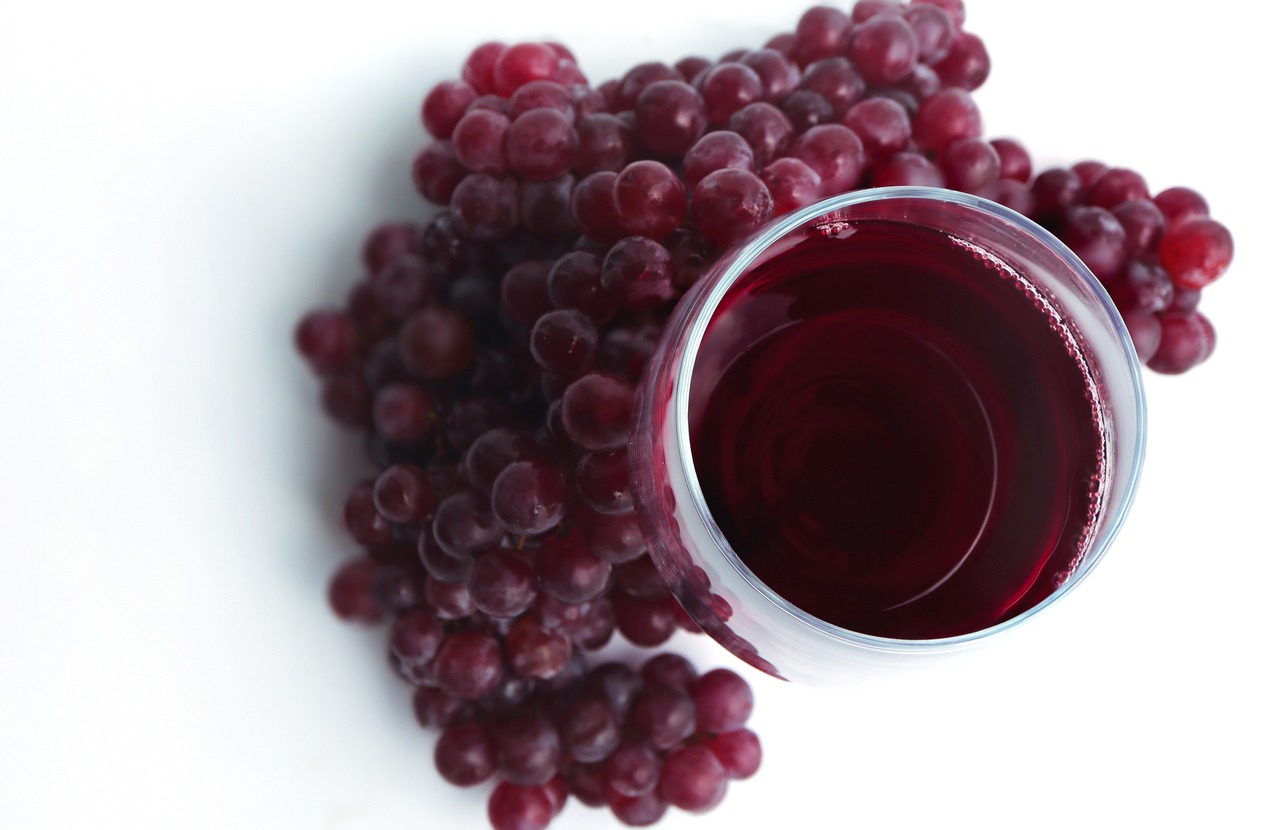Cabernet Sauvignon

The Cabernet Sauvignon grape has a very distinct blue skin which contributes to the heavy pigment found in the wine and the lush, elegant burgundy color. Because of the thick skins, the wines are highly tannic and can deal with great amounts of aging and oak, and once in bottle, they have great longevity.
The wines are highly aromatic and have violet and cedar characteristics and distinct flavors of chocolate, mint, and tobacco.
“Even if you don't know much about wine, chances are you're familiar with Cabernet Sauvignon,” said wine expert McKenzie Hagan.
Cabernet Sauvignon is one of the world’s most popular red wine grape. It gives a versatile choice when you drink it with your family and friends during a simple dining, wine tasting party, or special celebration.
What Is Cabernet Sauvignon?
Cabernet Sauvignon is a type of red grape known for its resilience, thick skin, and ability to grow in different kinds of climates. This red wine grape being cultivated in almost all wine-producing nations according to the types of environments they have.
These wine countries and regions include France (Bordeaux), Italy (Tuscany), Washington state (Columbia Valley), California (Napa Valley, Sonoma County, Paso Robles), Argentina, South Africa, and New Zealand, Australia (Coonawarra), and Chile (Maipo Valley).

Flavors and textures of Cabernet Sauvignon
There are differences in the textures and flavors of Cabernet Sauvignon, depending on the climate and the region where it is cultivated.
Generally speaking, this wine has flavors of dark fruits, black cherry, bell pepper, vanilla spice, tobacco, and wood.
This grape is dry, has distinct acidity, and has medium-to-high tannins when full-bodied.
Cabernet Sauvignon can be kept in a wine cellar for 7 to 10 years, unlike to Merlot, which you can place in a cellar for 3 to 5 years, and Pinot Noir, which you should consume within five years, according to Usual Wines.
How is Cabernet Sauvignon wine produced?
Cabernet Sauvignon, or “Cabs”, is harvested at the vineyard. Then, it is pressed before going to fermentation. Interestingly, the winemaker can also opt for blended or single variety of wine. The winemaker can also decide on when to do the blending process, whether before, during, or after the fermenting process.
“For blended Cabs, some winemakers ferment and age the different grape varieties on their own and then combine the wine before bottling. Likewise, many wine producers will let the fermentation or aging process occur in oak barrels, which imparts those signature woody flavors that give Cabernet Sauvignon its distinct notes of vanilla, wood, and spice,” Hagan emphasized.
“Whether it's a blended or single-varietal Cab, this complex red usually clocks in with at least 13.5% ABV, which is a higher alcohol level than the average glass of wine at 12% ABV,” he added.

Some wine blends of Cabernet Sauvignon Wine Blends
The interesting thing about Cabernet Sauvignon grapes is that they can be blended with other wine varietals. Below are some of the fantastic wine varietals that can be blended with Cabernet Sauvignon:
Carménère
Syrah (Shiraz)
Tempranillo
Sangiovese
Zinfandel
Cabernet Franc
Malbec
Merlot
Petit Verdot
Dishes you can pair with Cabernet Sauvignon
Cabernet Sauvignon is best consumed with different types of dishes. These foods include hearty meat, flavored cheeses, grilled vegetables, and chocolate desserts. You can also enjoy the wine with these other dishes:
Roast Quail Stuffed with Pate and served in a Pastry Crust
The parents of Cabernet Sauvignon
Cabernet Franc and Sauvignon Blanc are the parents of Cabernet Sauvignon, according to Madeline Puckette, a James Beard Award-winning author and Wine Communicator awardee.
Cabernet Sauvignon, or “wild Cabernet”, has its origin in the Aquitaine Department of France, which includes Bordeaux.
In 1997, the researchers at UC Davis found out that “Cabernet Sauvignon was a child of Sauvignon Blanc (and Cabernet Franc).”
“It’s true that Sauvignon Blanc leaves look very similar to Cabernet Sauvignon vines. That said, no one ever thought that a white grape could parent such a world class red,” said Puckette in her article at Wine Folly.
Other wine grapes relative to Cabernet Sauvignon
Cabernet Sauvignon is known in the world for its relations to other wine grapes in Bordeaux, such as Merlot, Cabernet Franc, Carménère, Malbec, and Sauvignon Blanc.
“One of the intriguing similarities shared amongst the Bordeaux varieties is the presence of an aromatic compound group also found in green bell pepper (called methoxypyrazine),” said Puckette.
The grape varieties also give green aromas from pyrazines. These notable smells include graphite, bell pepper, green peppercorn, and dark chocolate.
“For many years, the bell pepper compound was considered a negative ‘green’ component in Bordeaux wines. As it happens, many consumers prefer their wines to taste fruity! So, viticulturists learned how to reduce ‘greenness’ in wine with special pruning methods,” wrote Puckette.

Some fun and exciting facts about Cabernet Sauvignon
- The term “Sauvignon” is believed to have come from the French word, Sauvage, which means “wild”.
- Cabernet Sauvignon can be cultivated on every continent except Antarctica!
- Cabernet Sauvignon is best consumed when paired with steak and lamb.
- The most expensive bottle of wine ever sold was a Cabernet Sauvignon.
- Because of its tannins, acidity levels, and alcohol content, drink Cabernet Sauvignon with some food.
- Serve Cabernet Sauvignon in an alcoholic glass just a bit cooler than room temperature at about 60-65 degrees.
- Chill Cabernet Sauvignon wine in the refrigerator for 30 minutes to an hour before opening.
- It is known as the best grape to farm in dry place.
- Even chateaus in China like cultivate Cabernet Sauvignon.
- The world’s biggest consumer of red wine is China.
- Cabernet Sauvignon is so popular for many good reasons.
- According to researchers, the tannins in Cabernet Sauvignon act as “scrapers” to proteins and fats on your tongue from the foods you consume.
- Decant the bottle of Cabernet Sauvignon decant or let it sit in the bottle to breathe for 10 minutes before serving the wine.
- Some Cabernet Sauvignon wines are fruity and sumptuous; others are smoky and savory.
- Pair a bottle of Cabernet Sauvignon with short ribs, New York strip steak, salami, pepper-crusted ahi tuna, filet mignon, hamburgers, rack of lamb, and Korean-style beef.
